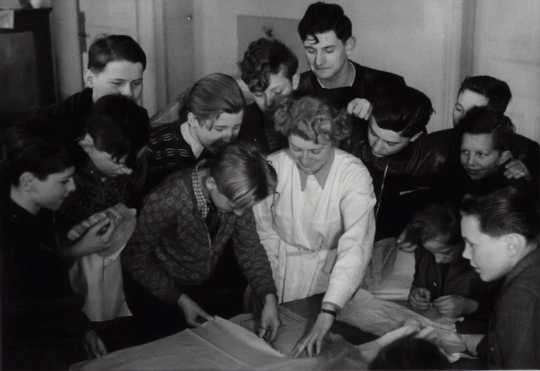The Evolution of Education: From Traditional Classrooms to Virtual Learning
Education has come a long way over the past century, with advancements in technology transforming the way we teach and learn. From the traditional classroom setting to the rise of virtual learning platforms, the evolution of education has been swift and impactful. In this blog post, we will explore the key milestones in the evolution of education, from the early days of chalkboards and textbooks to the modern era of online classes and virtual reality.
Traditional Classroom Setting
For centuries, education took place in a traditional classroom setting, with students gathering in a physical space to learn from a teacher. This model of education was characterized by face-to-face interaction, lectures, and hands-on activities. Students relied on textbooks and other printed materials for information, and learning was limited to the confines of the classroom.
While the traditional classroom setting has been the primary mode of education for most of human history, it is not without its limitations. The one-size-fits-all approach to teaching often left some students behind, while others excelled. Moreover, the reliance on printed materials made it difficult to update content and keep up with the latest advancements in knowledge.
The Rise of Technology
The advent of technology in the late 20th century revolutionized the field of education, paving the way for new and innovative teaching methods. The introduction of computers, the internet, and digital devices changed the way we access and consume information, opening up new possibilities for education.
One of the most significant advancements in education technology was the development of e-learning platforms. These online platforms allowed students to access lectures, readings, and assignments from anywhere with an internet connection, breaking down the barriers of time and space. E-learning made education more accessible to a wider audience, including working professionals, students with disabilities, and those living in remote areas.
Virtual Learning Platforms
In recent years, virtual learning platforms have emerged as the next frontier in education technology. Virtual learning platforms use virtual reality technology to simulate the traditional classroom experience in a digital environment. Students can interact with teachers and classmates, participate in group discussions, and access multimedia resources in a virtual setting.
Virtual learning platforms offer a dynamic and engaging learning experience, with interactive exercises, simulations, and virtual field trips. These platforms cater to a variety of learning styles and preferences, allowing students to learn at their own pace and in their own space. Moreover, virtual learning platforms can be accessed from a wide range of devices, including smartphones, tablets, and laptops, making education more flexible and convenient.
Benefits of Virtual Learning
Virtual learning offers a number of benefits over traditional classroom settings. One of the key advantages of virtual learning is its flexibility. Students can access course materials and lectures at any time and from anywhere, making it easier to balance education with work, family, and other commitments. Virtual learning also allows for personalized learning experiences, with adaptive learning technologies that tailor content to each student’s individual needs and preferences.
Another benefit of virtual learning is its cost-effectiveness. Virtual learning eliminates the need for physical classrooms, printed materials, and other traditional educational resources, reducing the overall cost of education. This makes education more accessible to a wider audience, including low-income students and those living in underserved communities.
Challenges of Virtual Learning
While virtual learning offers many benefits, it also presents its own set of challenges. One of the main challenges of virtual learning is the lack of face-to-face interaction. Virtual learning platforms may not provide the same level of personal connection and engagement as traditional classrooms, making it harder for some students to stay motivated and focused.
Another challenge of virtual learning is the digital divide. Not all students have access to reliable internet connections, digital devices, and other technology needed to participate in virtual learning. This can create disparities in access to education, with some students falling behind due to lack of technological resources.
The Future of Education
As technology continues to advance, the future of education looks increasingly digital. Virtual reality, artificial intelligence, and other cutting-edge technologies are transforming the way we teach and learn, opening up new possibilities for education. While virtual learning may never fully replace traditional classrooms, it is likely to become an increasingly important part of the educational landscape.
In conclusion, the evolution of education from traditional classrooms to virtual learning has been a transformative and exciting journey. Technology has revolutionized the way we access and consume information, making education more accessible, flexible, and engaging than ever before. While virtual learning presents its own set of challenges, its benefits far outweigh the drawbacks. As we look to the future, virtual learning is poised to play an increasingly central role in the way we educate the next generation of learners.


